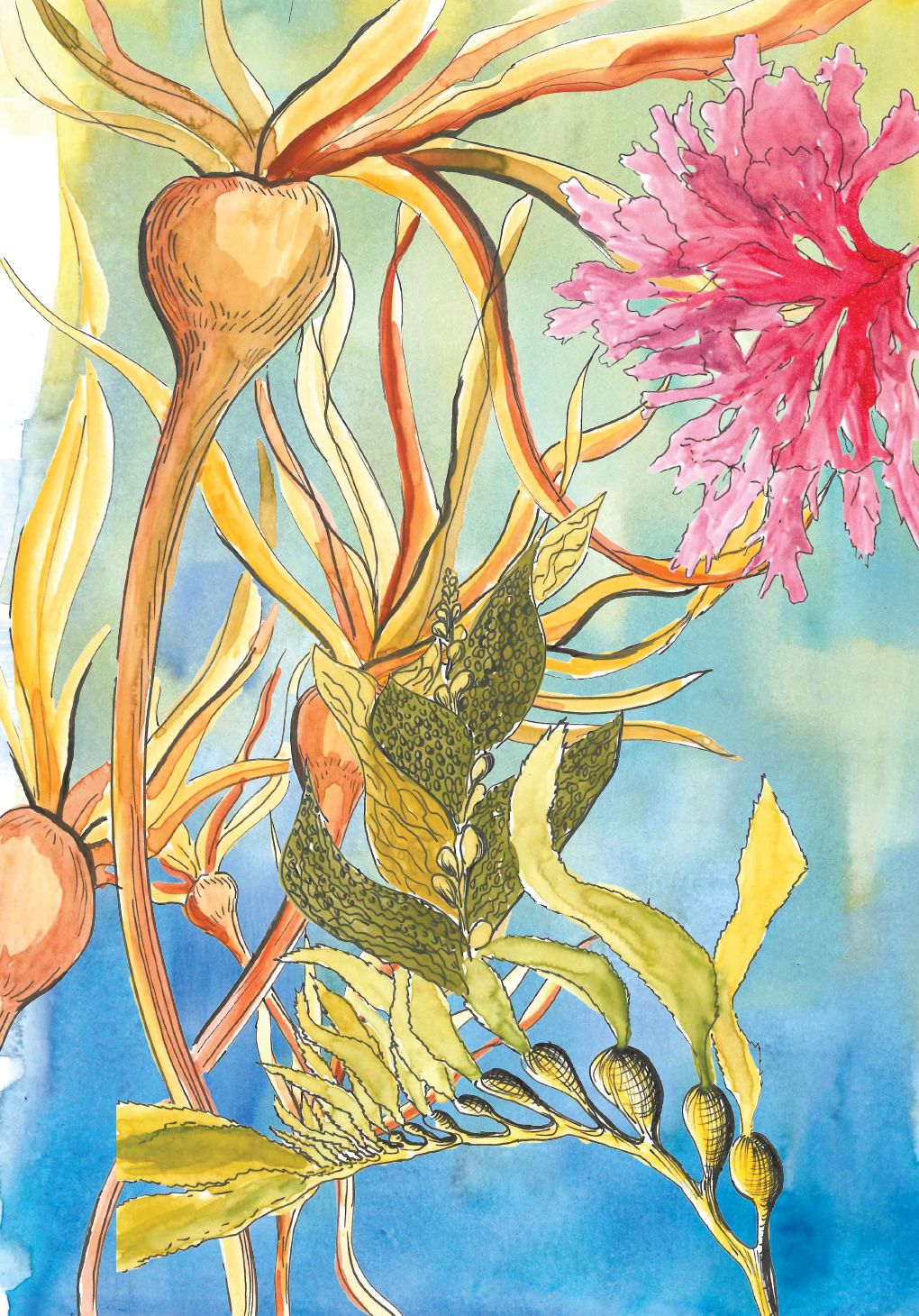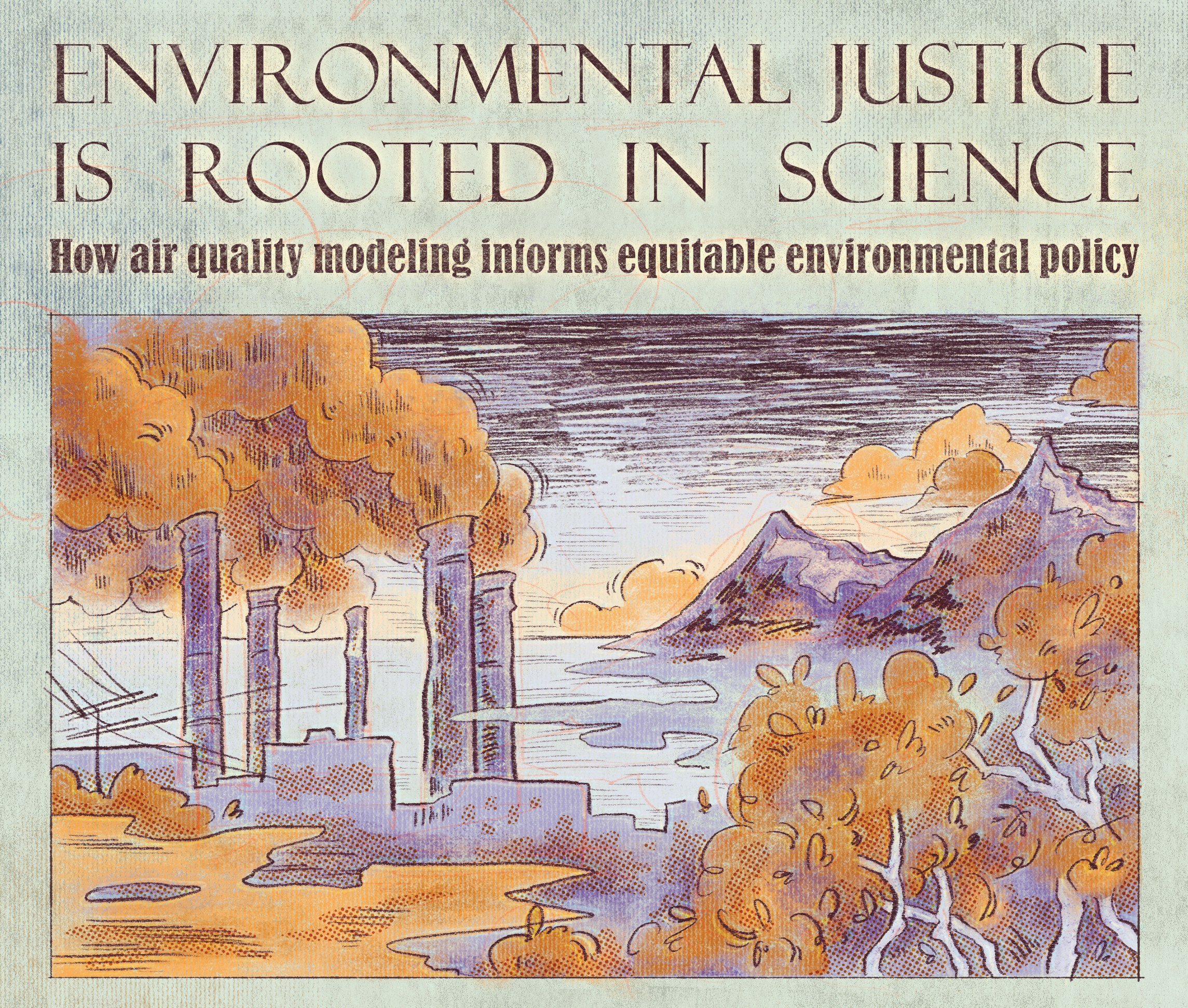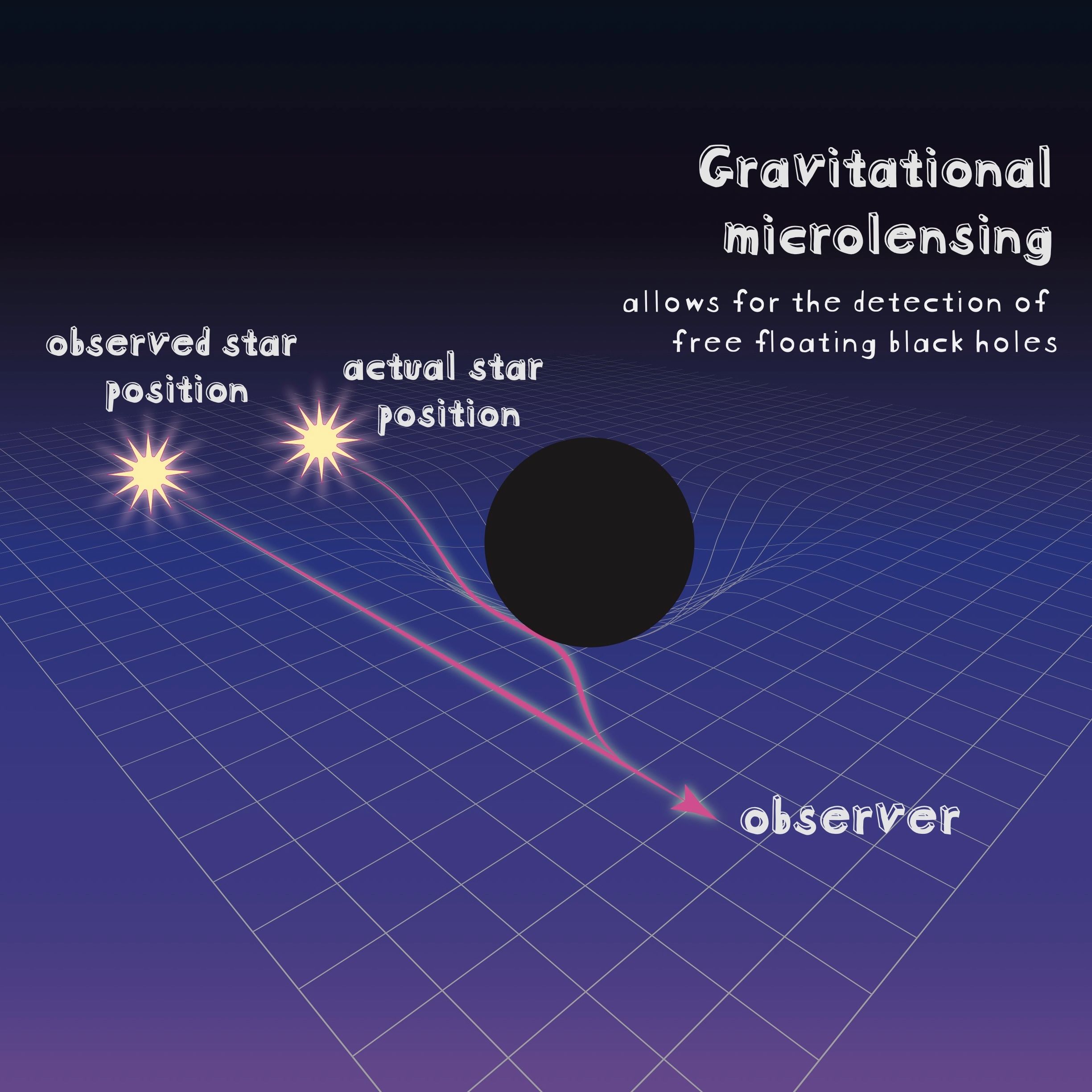 In the RAPID system, drones sense water content of an agricultural field through infrared sensors. Then, drip irrigation can be adjusted to water only the crops that need it, ensuring no water is wasted .
In the RAPID system, drones sense water content of an agricultural field through infrared sensors. Then, drip irrigation can be adjusted to water only the crops that need it, ensuring no water is wasted .
"Wouldn’t it be wonderful if we could adjust the amount water delivered to every vine?” Stefano Carpin, a professor of computer science and engineering at UC Merced, vividly recalls being asked this question by a winery technician while on a visit to an agricultural technology fair in Mountain View. The year was 2015, and the ongoing droughts in California, coupled with the dwindling supply of labor across the country, had spawned the search for new avenues for maintaining agricultural capacity. In a state that leads the nation in agricultural output, with annual sales surpassing $40 billion, the ramifications of these compounding problems have spurred a UC-wide research collaboration with potentially transformative impacts on agriculture in California and beyond.
With his colleague Ken Goldberg, a professor of industrial engineering and operations research at UC Berkeley, Carpin devised a robotic irrigation system to reduce water consumption while improving crop yield and quality. Several groups had already proposed using smart sprinklers equipped with electronic valves for remotely controlling water flow. However, this scheme would not be scalable in practice. To cut costs, the research team envisioned using plastic emitters installed along drip irrigation lines that could be adjusted manually by a farm worker or a robot. Goldberg and Carpin pieced together a working model for this idea in Berkeley, and the Robot Assisted Precision Irrigation Delivery (RAPID) project, funded by the National Robotics Initiative, kicked off in December 2016.
The RAPID platform integrates multiple modular technologies that are being developed simultaneously at UC campuses in Berkeley, Merced, and Davis. The first step of RAPID is to build spatial maps of moisture content across a farm using infrared aerial images captured by drones. According to Goldberg, who believes that we are just at the beginning of drones being used to monitor agricultural land, this platform will be “a big enabling technology.” Using the survey, farmers can determine the areas in need of moisture adjustment. In the final step, a network of pre-installed drip irrigation emitters, each costing a modest 30 cents, can then be modulated either by hand or by using a robot. The cycle of monitoring and adjustment is repeated every few weeks or months, depending on the type of crop, season, and weather.
The team has already achieved several milestones in the process of building the irrigation technology. “We have been able to learn how to control the field … a function that can look at the [aerial] images and tune the water,” says Goldberg. On the instrumentation side, the group is in the process of patenting the Device for Automated Tuning of Emitters (DATE). DATE’s appearance of a hacked electric drill belies its capability of wireless communication and GPS localization in the field. The tracking device can guide a farm worker to the nearest emitter in need of adjustment. At the inception of the RAPID project, due to the immediacy of the ongoing drought, the group prioritized the design and prototyping. Most recently, the RAPID team has developed routing algorithms for robots “to navigate efficiently through the field” for making multiple adjustments at minimal cost. This work was recognized with the “Best Paper Award” at the 2018 IEEE International Conference on Automation Science and Engineering. RAPID scientists are also partnering with Napa vintners to test their platform in a vineyard as early as 2020. Vineyards are an ideal testbed for the technology because it is “very important to get the water level just right for each vine,” says Goldberg.
According to Carpin, a project like RAPID that operates at the interface of several disciplines has promising opportunities for commercialization and several exciting directions for expansion. Stavros Vougioukas, professor of biological and agricultural engineering at UC Davis and a co-principal investigator of the RAPID project, pointed out that the platform can eventually be designed to dispense any agricultural chemical on a “per tree basis” and thereby prevent its overuse. The RAPID project is “really in the research stage,” says Goldberg, “[but] it’s showing promise, and we are very excited about the potential.”
Prabudhya Bhattacharyya is a graduate student in physics
Design: Tim Jeffers
This article is part of the Spring 2019 issue.





